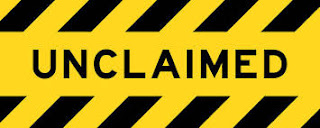There are a few reasons why hospitals may not pursue underpayments by insurers:
- Administrative Burden - The process of appealing denied claims and pursuing underpayments can be very time-consuming and require a lot of administrative work. Small underpayments may not be worth the effort for hospitals.
- Power Imbalance - Insurers tend to have more power in negotiations than individual hospitals. Hospitals may be hesitant to challenge large insurers out of fear of retaliation or being excluded from provider networks.
- Contractual Obligations - Hospital contracts with insurers often have clauses requiring disputes to be handled through specified appeals processes. Hospitals may be limited in what they can pursue outside of those processes.
- Inconsistent Rules - Billing and reimbursement rules are complex and inconsistent across insurers. Hospitals may lack confidence that underpayments are clearly valid or provable.
- Financial Resources - Legal action to pursue underpayments can be expensive. Some hospitals may lack the financial resources for prolonged legal battles over small claim amounts.
- Maintaining Relationships - Hospitals have an incentive to maintain positive long-term relationships with major insurers in their regions. They may tolerate some underpayments to avoid jeopardizing those relationships through legal action.
In summary, while underpayment by insurers is an issue, hospitals have to weigh the costs, risks and benefits before deciding to pursue action on any specific claims. The system creates some disincentives for hospitals to aggressively go after underpayments.
Now there is a platform that over 1000 hospitals & medical centers have used for underpayment recovery that is a risk-free addition to their Revenue Cycle Management (RCM) efforts. Their forensic audit is performed on remittances AFTER all other RCM efforts have been completed including other internal or external underpayment recovery efforts. They only engage remittance files that clients expect no further revenues from.
The typical result is 10%-20% of gross payer receipts in recovery with the only stipulation that they have minimum $2M annual in payer revenue with their top 3 payers.
Let's Start a conversation with our owner and you!!
Larry G. Potter
Senior Advisor
Lgpotter33@gmail.com





